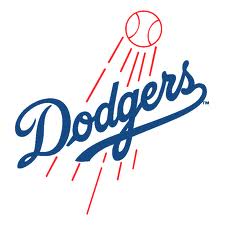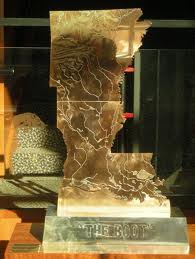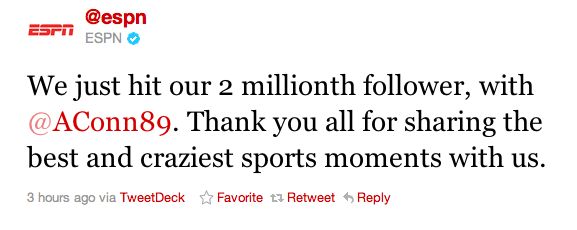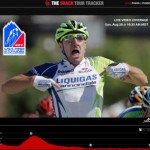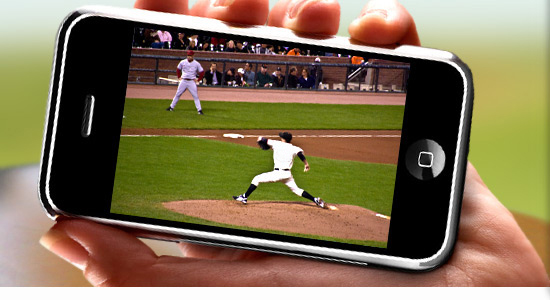The purchase of the Los Angeles Dodgers for $2.15 billion, plus millions more for improvements may be good news for sports teams as it appears valuation continues to rise but the team needs to resurrect its standing among the LA sports world.
It seems that any group that can pay roughly two and half times the previous high for a MLB team and five times what its previous owner did will pose a great deal of trouble for the Giants and the rest of the National League as the supposedly bottomless pockets of the new owners will create a New York Yankees West type of team that will dominate at least their division for years to come.
Even while the purchase of the team for such a massive sum, and monetary resources that seems to have sent shivers through the beat writers and columnists for the San Francisco Giants it faces a different issue in its own town.
The team has had declining attendance and seen growing antipathy in a fan base that used to fill the stadium with 3 million strong year in and year out. Watching a Dodger game a decade ago and it was sure to have numerous close shots of stars and almost stars in the stands. No more. The Dodgers are no longer the talk of the town.
It seems that this is a perfect time for the team to expand its outreach to include a variety of social media tools, and not just have a presence on them but to aggressively promote the team on them. Baseball has been at the forefront of using the Internet and other social media for its teams, but in some ways it is a cookie cutter solution, they all look alike. Baseball is looking at putting networks for fans in all of its parks, and that is great, once the fans are in the park.
However sports like Tennis, as exemplified at the Australian Open and Hockey with an aggressive push by the Boston Bruins are looking at new ways to reach out to fans and make them feel like they are part of the family. Why not have caption contests and pinterest reviews?
Everybody, and probably not a few pets, has Facebook pages, so what? Make it special so that it is worth visiting on a regular basis rather than after a great win or a heartbreaking loss. I do not doubt that the team will recapture Los Angeles, but it seems that it has a great deal of tools that are left unused, while it will rely on the almighty dollar to do its marketing for it.
Money does cause fear
John Shea, a sports columnist for the San Francisco Chronicle has a piece entitled “Can SF Giants afford to keep pace with Dodgers?” in which he worries that they will become the NY Yankees or Red Sox West. However he then tempers his article by pointing out how flawed the execution of previous team managements.
Henry Schulman, Giants beat writer reports that the deal means that future Giants free agents, particularly star pitcher Matt Cain will see their potential future earnings increase as the Dodges come knocking with an open checkbook. I suspect that it the first few years this will be true since Magic Johnson, the front man for the new ownership group, said that he would personally be doing the calling.
Mercury New columnist Mark Purdy’s “Giants fans should be concerned about the deep-pocketed new Dodgers owners” brings up that the controlling owner’s business has $125 billion in assets, three times actually. Also post the theory that the team might move elsewhere in LA and a new stadium for football could be built there.
While the execs that now own the team have a great deal of financial assets, they may be able to get more revenue from the team without further investment. If the rival Angels got a 30 year $3 billion television rights deal it will be interesting to see how the Dodgers do since their current rights are now up, and Fox has expressed not only an interest in the rights, but rumor has it that it is seeking to establish itself as a sports broadcasting powerhouse, so the signs are looking good.
Dollars do not always win out however
First of all, despite buying the team with almost no cash and then using it as a personal ATM for the last few years previous owner Frank McCourt always seemed to field a fairly competitive teams showing that sound on-field management and a solid minor league can help offset any shortcomings of an owner, at least in the short run. The owner he bought from, Fox, spent more and made a number of high profile mistakes, yet he had more on field success.
Yet if the Washington Redskins and other well heeled teams have shown us is that just because you have money does not mean that you can buy championships. Also just because you have money does not mean that you will be spending tons of it on your team, look at David Glass, owner of the Kansas City Royals which he purchased for $96 million in 2000.
Do they want to spend?
The truly staggering amount that was spent on the team makes it possible that the new owners will be laboring under a great deal of debt and will be siphoning off money from the team much like McCourt was reputed to do. Instead of financing an opulent lifestyle the new owners will be servicing debt.
The Economist has an interesting piece explaining how this is likely to happen and how a lack of investment by McCourt could very well cause issues going forward. Heck they did not even get all of the parking lot for that price. A good conversation on the details is available over at Baseball Think Factory.
Being a somewhat of a baseball conspiracy theorist believer I greatly believe that the Baseball Commissioner and most of the other team owners, at least the ones that truly seek to win, do not want a team driving the price of free agents sky high.
MLB was fine with the McCourts’ way of doing business until the owners divorce unleashed a wave of scandal. It seems quite happy to leave the Mets alone with all of their problems- short of cash means no free agent bidding, as they were doing prior to the Bernie Madoff scandal. Maybe the Dodgers have an under the table agreement not to drive prices above a certain level? Maybe I should stop drinking ten cups of coffee in the morning.
